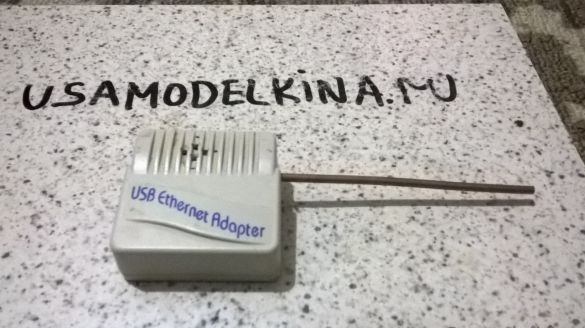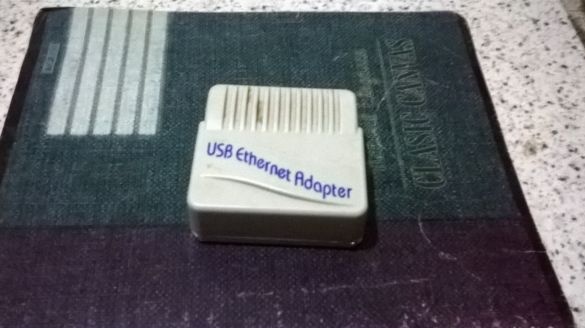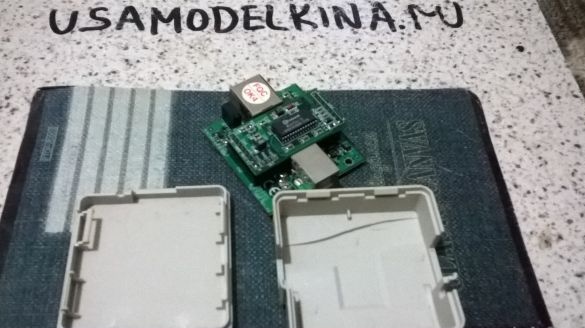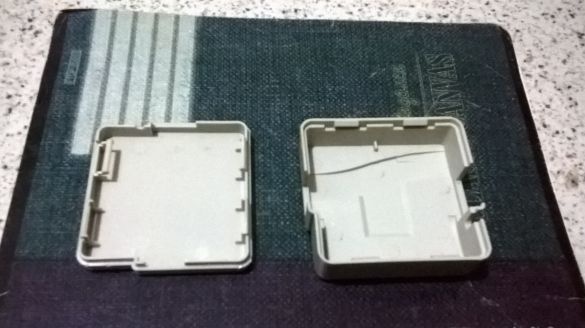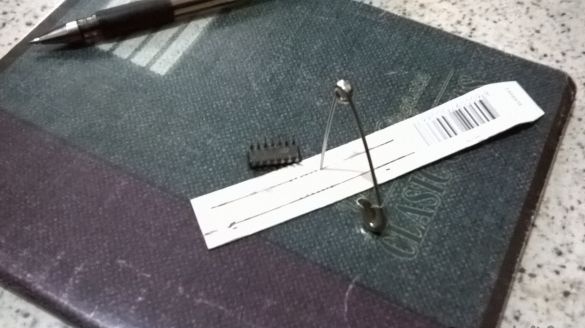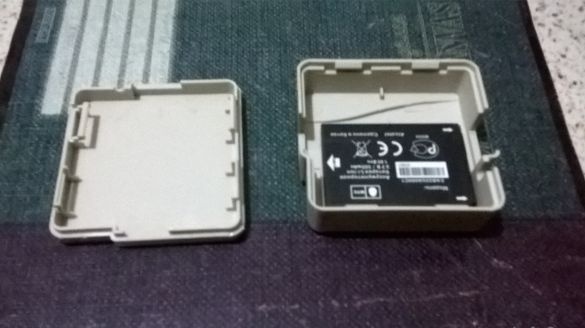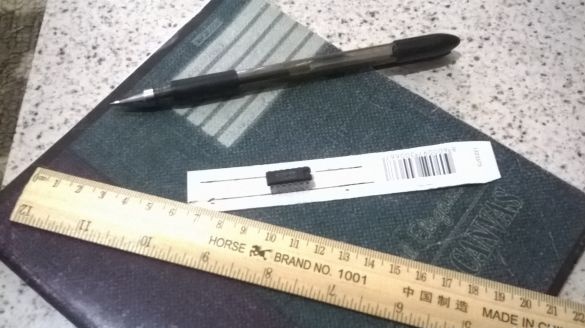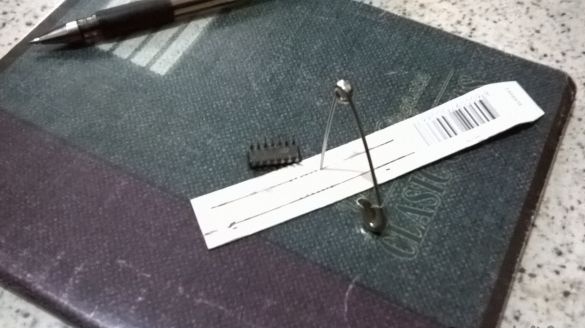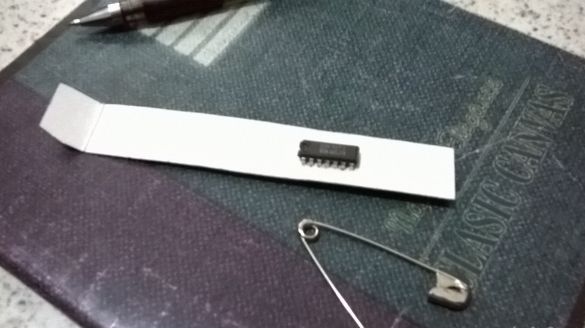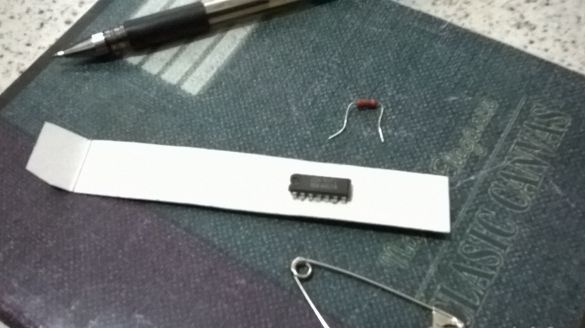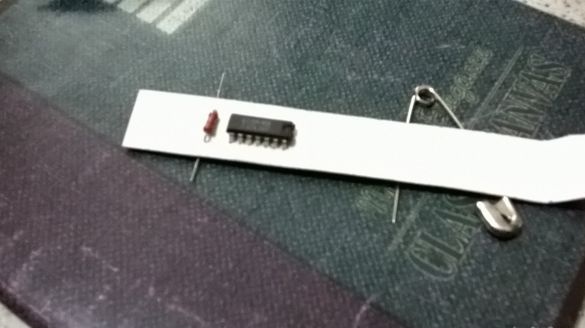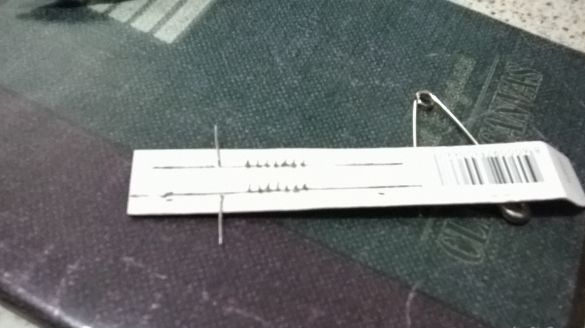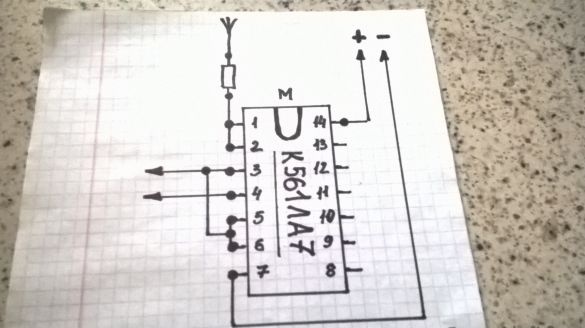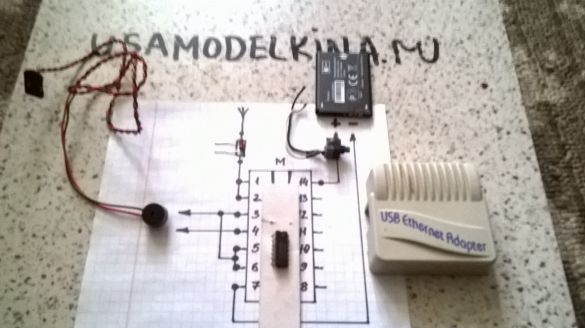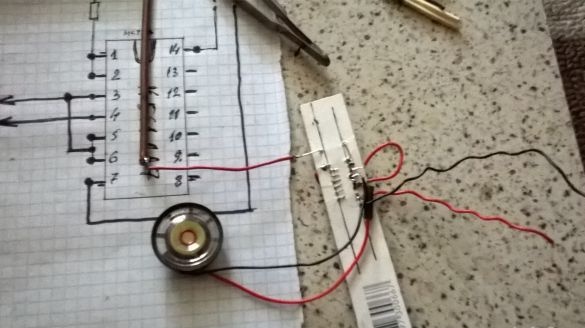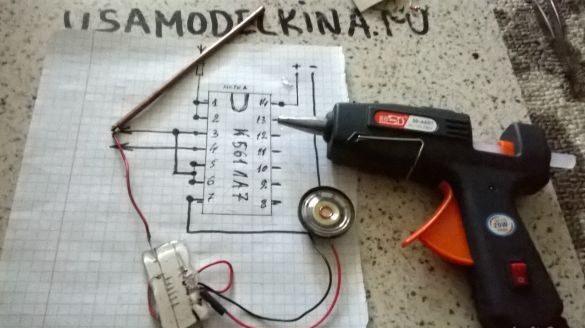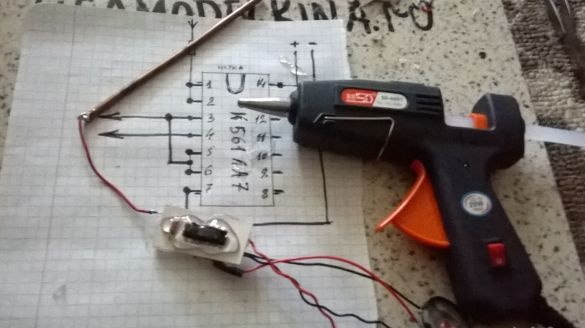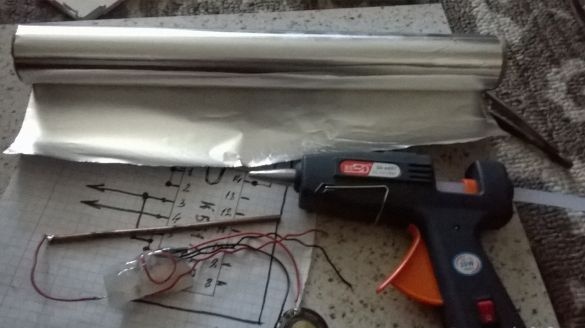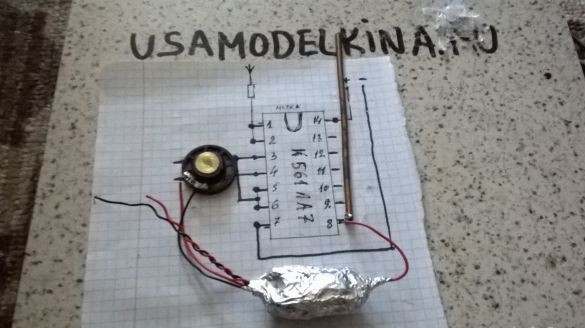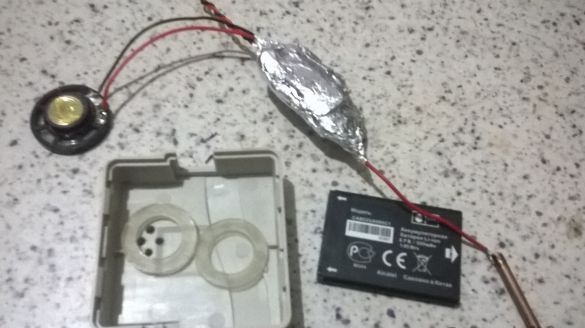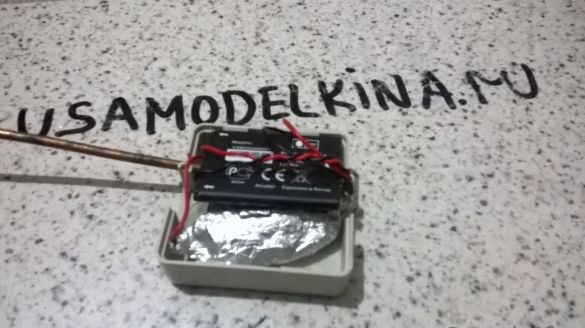I already posted on the site similar hidden wiring detectorbut it was LED (the LED lights up in response to wiring). But this time, an audio wiring detector. When a wire is detected, crackling is heard, the closer the wire is, the more crackling is.
The basis on the basis of the Soviet chip K561LA7. Working on field-effect transistors. This warning is due to the fact that the soldering iron must be earthed before soldering and with a maximum power of 60 watts.
The supply voltage of the microcircuit is from 3 to 18 V. So, it is not difficult to select the power supply. Suitable batteries from phones, crown, etc. which significantly reduces the size of the appliance.
In my case, this is the battery from the phone.
We need microcircuit, 1 MΩ resistance, a piece of single-core copper wire (from 8 to 15 cm long - this will be the antenna) squeaker (you can use an old working earphone) and a power source.
Empty box - I used an outdated USB adapter. And took out all the insides. The size just fit the battery.
A fee for such a little thing is not worth doing.
So I took a small piece of cardboard. Marked where to make holes and pierced with a standard pin.
We bend the ends to the sides so that they do not interfere with soldering.
And here is the simplest scheme for soldering.
We carefully solder everything.
We check the device for operability, if everything works fine, we make a screen (we isolate the microcircuit from interference).
Fill everything well with hot glue.
Then, when the glue dries, wrap the entire circuit with food foil.
We pack everything in the case.
We check.


